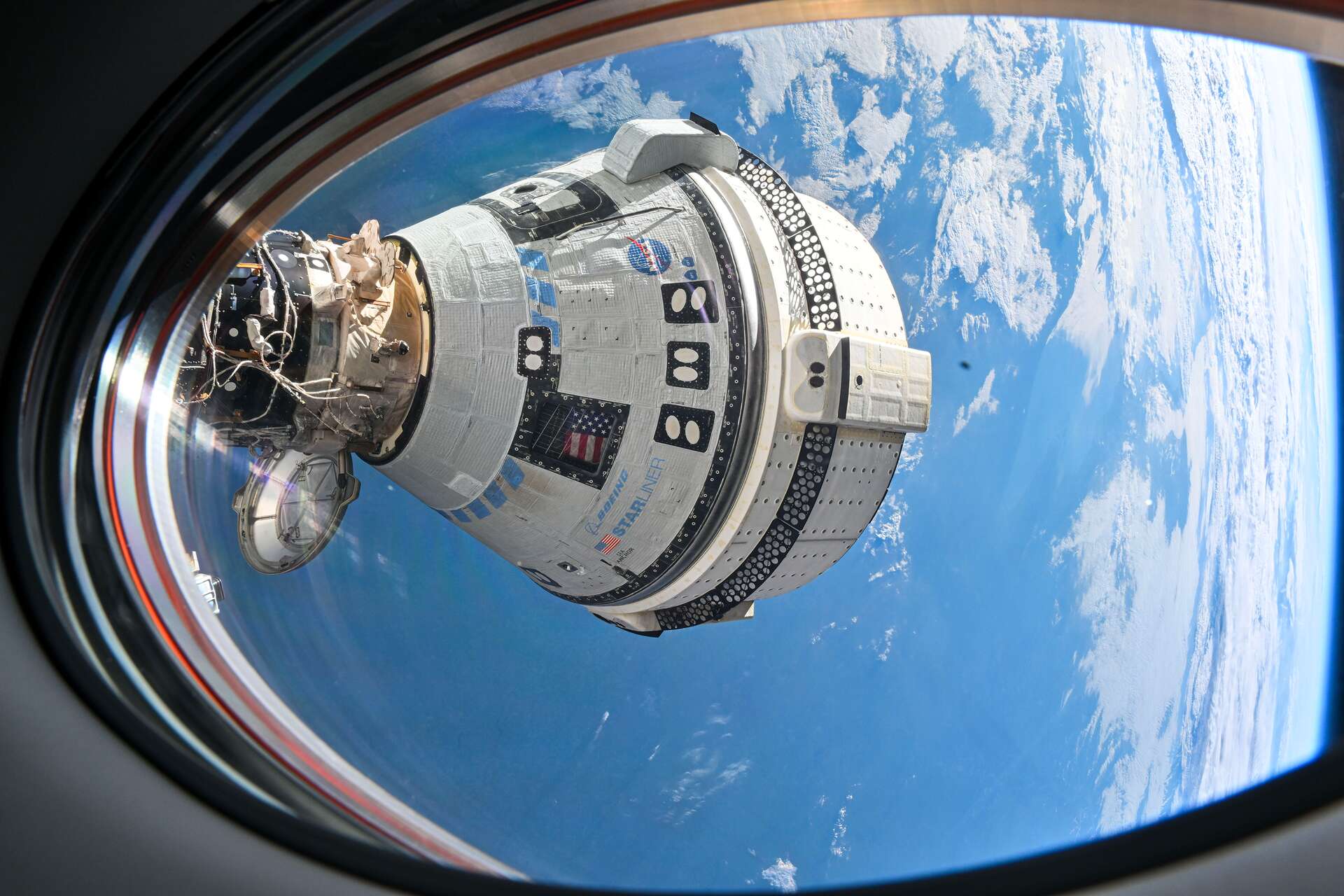
Boeing's Starliner Capsule Turns Space Mission Into a Nightmare for Astronauts
It’s a worrying situation for NASA and particularly embarrassing for Boeing, whose Starliner capsule is in danger of being grounded for crewed return flights to the International Space Station. Technical difficulties that seem to be piling up endlessly could force NASA to use SpaceX’s Crew Dragon capsule to get its astronauts home.
It was originally planned for a short stay aboard the International Space Station (International Space StationInternational Space StationAstronauts Suni Williams and Butch Wilmore find themselves uncertain about their return to Earth. Boeing’s Starliner, which joined the International Space Station on June 6, could be declared unfit for a crewed return flight. That could force the astronauts to stay at the station for eight months instead of a few weeks.
Request decision SpaceXSpaceX To get them home, rather than waiting for fixes aboard the Starliner, it should be done by mid-August. The situation stems from technical issues with the Starliner’s propulsion system, which were encountered during its flight to the International Space Station on June 6. The conditions that caused five thrusters to shut down during approach have been reproduced, suggesting that seals were the cause. However, the mechanisms by which they swell under heat, followed by shrinkage, remain a mystery. Meanwhile, helium leaks have been detected, raising new concerns. An isolated leak was observed before liftoff, but another was observed during the flight.
Uncertainty in the chain of events leading to the failure of the motive
These thrusters are essential to allow Starliner to get away from the ISS after undocking and to keep the capsule in good shape as it de-orbits. If helium leaks occur again during flight, they could cause serious complications for the propulsion system during spacecraft maneuvers.
if NASANASA Boeing cannot determine the causes of these problems. SpaceX Crew Dragon It could be used to return astronauts. In this case, the next crew rotation, scheduled for late September (Crew 9), would have only two astronauts, leaving two seats open for Sunny Williams and Butch Wilmore. In this scenario, their return to Earth would be in February 2025. This situation highlights the importance of having multiple commercial spacecraft operators to ensure continuity of launch services in the event of a spacecraft failure.
Psychological consequences
Although astronauts are trained to deal with various technical, logistical and organizational issues, long stays in space can have significant psychological effects. Studies show that longer missions, especially when they are not planned at the outset, can be detrimental to mental health, requiring special attention from NASA.
Starliner future
Horizons certificatecertificate Fast forward to the Starliner, which has plunged Boeing into uncertainty about the future of its spacecraft. The difficulties that have accumulated since the beginning of the program raise questions about the reliability of the Starliner. NASA, which clearly cannot rely on it exclusively Dragon crewDragon crew From SpaceX, it wants to see the program continue. A new certification mission could be considered in the first half of 2025, with the vehicle’s operational entry set for late 2025 or early 2026. However, the planned deorbit of the space station in January 2031 would limit Starliner’s flight capacity to five or six.

“Organizer. Social media geek. General communicator. Bacon scholar. Proud pop culture trailblazer.”
